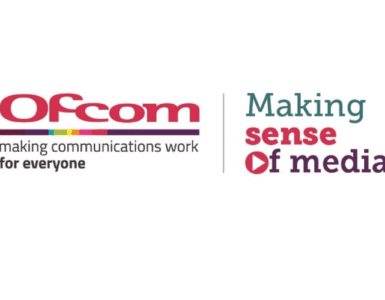by Mariana Ochs, EducaMídia, Brazil.
How do you cultivate critical media engagement skills across a continent-sized nation marked by significant disparities in educational contexts and socio-economic conditions? When Brazil’s non-profit Palavra Aberta Institute launched the media literacy program EducaMídia in 2019, that was the pressing question in our minds. With over 47 million K-12 students (according to 2023 census data) in 26 states plus the Federal District, and territories ranging from the Amazon River indigenous communities to urban settings in large metropolises, ours is a diverse education system with uneven presence of technological infrastructure and teachers’ own digital fluency.
And yet, like in many countries, the perfect storm of mediatization, datafication and platformization was knocking at our door. Brazil was not immune to the social problems that have a media component to them — from hate speech to conspiracies, from rights violations to violence against schools, and disinformation muddling anything from the political scene to public health. With a low-literacy population getting informed largely through social media, and mobile phones being the prevalent means of accessing information, we faced the challenge of implementing state-of-the-art media literacy education within a context of social urgency.
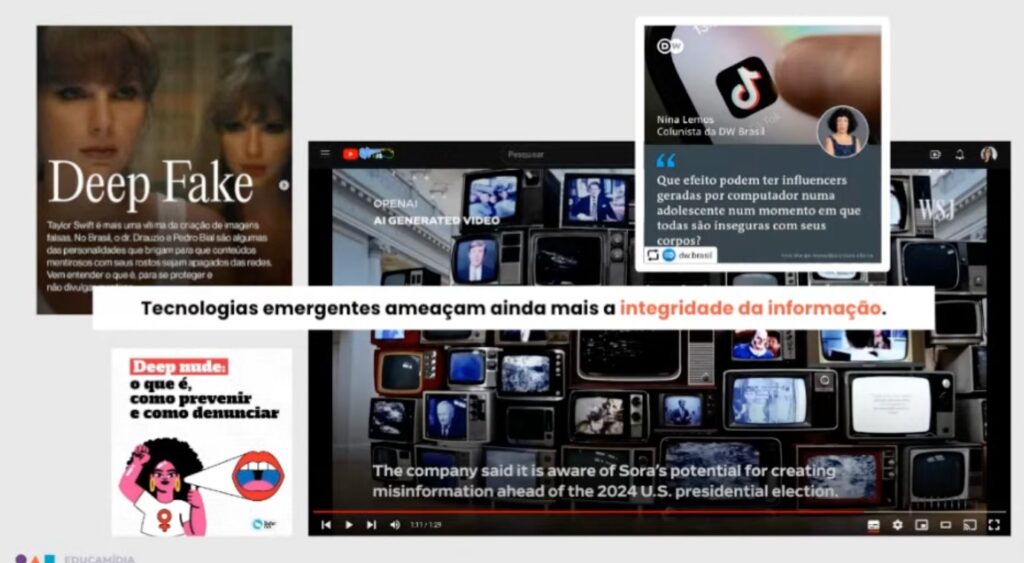
In 2018, Palavra Aberta Institute was the recipient of a grant from Google.org which allowed us to plan for an ambitious multi-year initiative. The local normative context also offered an opportunity: digital culture and media literacy skills became part of Brazil’s Common Core directives as of the 2018 school year, and additional policies approved in 2022 point to a critical use of communication and information technologies. The new federal government instituted a Digital Policies and Media Literacy department in 2022, with a national Media Literacy Strategy issued in 2023. Our own advocacy efforts, as well as technical advice, were instrumental to many of those advances.
And yet there remained a gap between those directives and actual implementation. There was no standard ML framework or curriculum adopted, no roadmap for when & how to implement ML, and a landscape of fragmented curricular initiatives and one-off projects. Existing initiatives, whether government-led or promoted by society organizations, were housed in different silos: media and information literacy, educommunication, digital citizenship, digital fluency, fact-checking. Noticing the lack of pre-service training on the subject and that in-service training was unequally offered, EducaMídia decided on a 360° approach, encompassing advocacy, curriculum, resources and teacher training.
EducaMídia’s strategy is centered on three key mandates: going beyond fact-checking to focus on holistic skills for engaging with media critically and consciously; being flexible by design in order to adapt to Brazil’s diversity of educational landscapes; and striving for sustainability, both by creating a self-propagating community of media literacy practitioners and by integrating these critical skills into national and local policies.
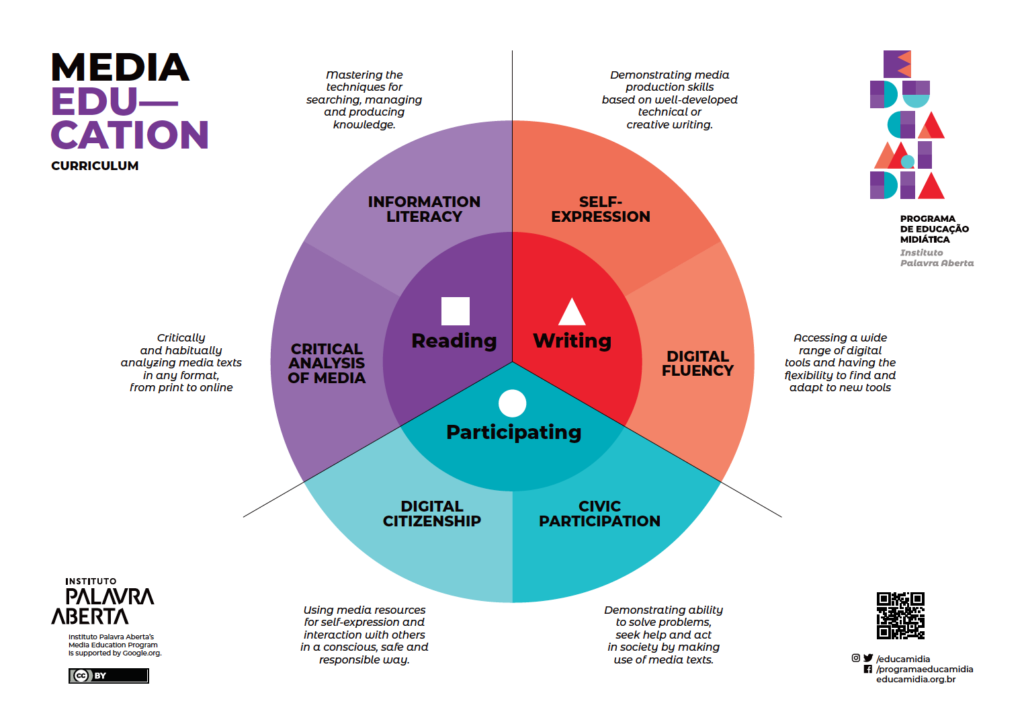
Our first initiative was to push for a common vocabulary, as well as a shared understanding of what media literacy actually is. We set out to develop a Media Literacy framework and communicate it across the board, to educators, policy makers and society at large. We also published a Media Literacy Guide (2020), the first reference book for educators in Portuguese. The term “media literacy education” went from virtually zero Google search results in June 2019 to over 2.1 million results in April 2024; and it became widely adopted, not only in national policies, but also by different civil society organizations, which began to rally existing initiatives under the term.
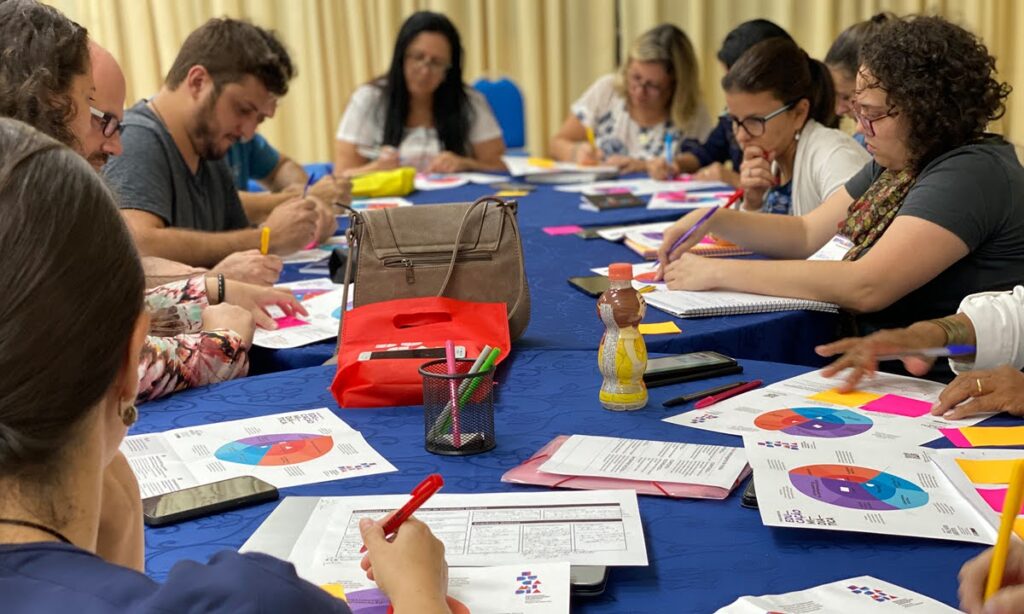
EEducaMídia’s multi-faceted approach includes dynamic teacher training, free and flexible resources, specialized programs for various demographics, and partnerships with civil society organizations, public education districts and government agencies. In the first five years of the program our actions have proven effective in fueling a national dialogue to position media literacy as both a need and a right, and taking media literacy from program to public policy.
Our core offering is a free professional development MOOC, which has been offered twice a year since 2020. With a broad scope and a train-the-trainers approach, it offers an in-depth look at media literacy concepts and practices. It has already certified over 2,000 practitioners throughout the country, including educators, school leaders, district leaders, NGOs, journalists and researchers.
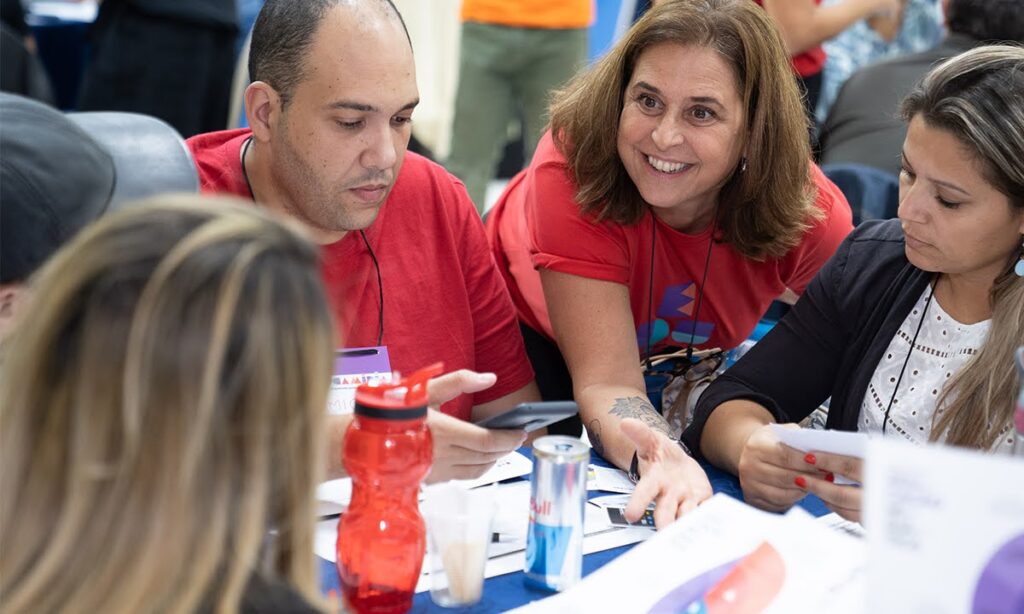
In this program there is no single definition of success, as we are committed to honoring the diversity of our audience and promoting equity. It is designed to encourage participants to explore the many facets of media literacy, find their own opportunity to practice media literacy education… and pay it forward. Past participants, of which over 56% have been public education teachers, have created everything from lesson plans and student-facing activities to PD programs, awareness campaigns, projects for niche audiences (such as seniors, at-risk youth, even magistrates and medical residents) and dissertations. Every action matters, and we celebrate every win. The program has built a nationwide network of media literacy “ambassadors”, hailing from more than 500 different cities in all Brazilian states.
Through this experience , we have learned to stay flexible, creative and adaptable to keep growing awareness and the community at scale, while looking out for the integrity of the concepts and sound media literacy practices across all our materials, training and statements. And, as we look back on our first five years, we stay committed to the same basic ideas: starting the conversation, promoting partnerships and collaboration, and always showing up for peace, justice and democracy.
Author
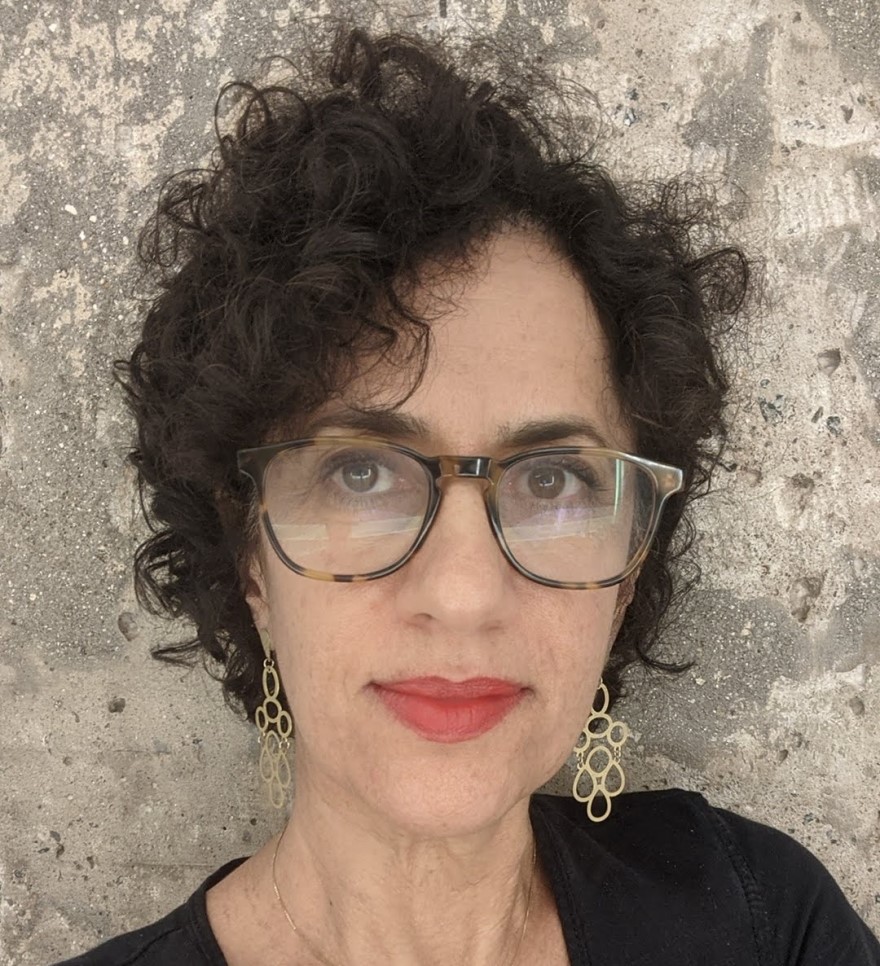
Mariana Ochs, Education Coordinator, EducaMídia, Brazil.




